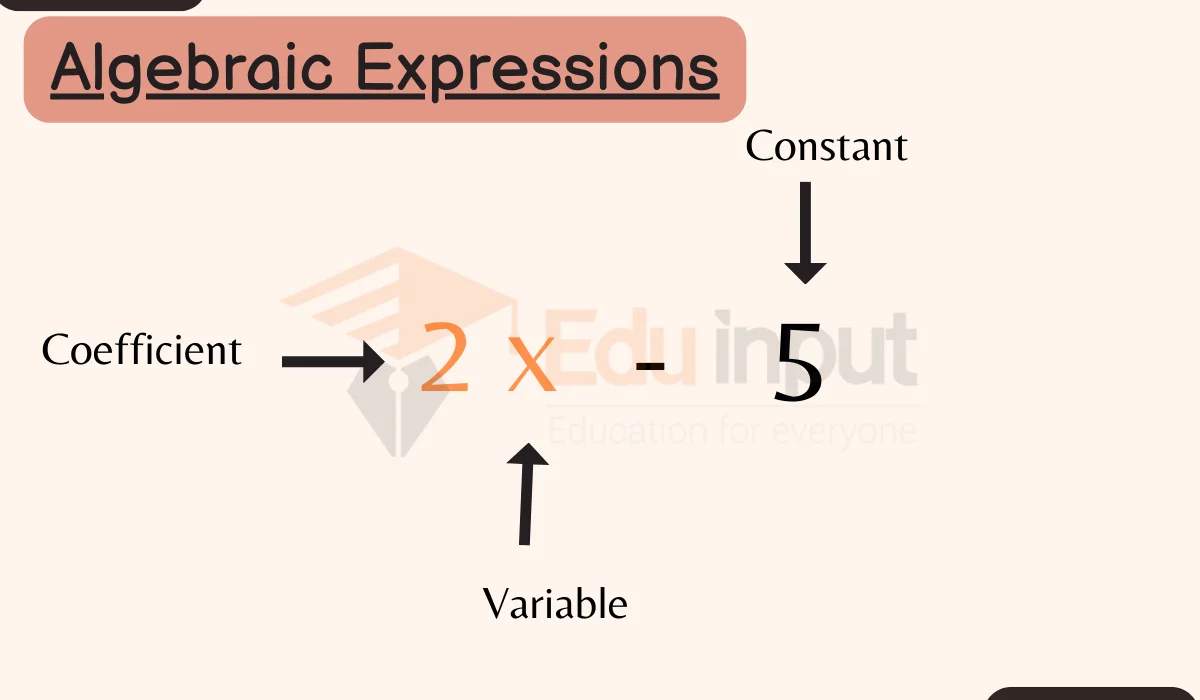Absolute Value in Algebra
Absolute value in algebra refers to the distance of a number from zero on the number line, without considering its direction.
The absolute value of a number x is written as |x| and is equal to x if x is positive, and is equal to -x if x is negative.
In this article, we will discuss absolute value and properties of absolute value.
Properties of Absolute Value
The absolute value of a number has the following properties:
- |x| ≥ 0 for all real numbers x. The absolute value is always zero or positive.
- |x| = x if x ≥ 0. The absolute value of a positive number or zero is equal to the number itself.
- |x| = -x if x < 0. The absolute value of a negative number is equal to the number without its negative sign.
- |-x| = |x|. The absolute value of the opposite of x is the same as the absolute value of x.
- |x + y| ≤ |x| + |y|. The absolute value of a sum is less than or equal to the sum of the absolute values.
Absolute Value Equations
An absolute value equation is an equation that contains an absolute value expression.
For example,
|x – 5| = 3
To solve an absolute value equation, we need to consider two cases:
- x – 5 = 3, which gives x = 8
- x – 5 = -3, which gives x = 2
The two solutions are x = 8 and x = 2.
Absolute Value Inequalities
Absolute value inequalities are inequalities that contain absolute value expressions.
For example,
|x – 3| < 5
To solve this, we again consider two cases:
- x – 3 < 5, which gives -2 < x < 8
- x – 3 > -5, which gives -8 < x < 2
Combining these two ranges gives us the solution set:
-8 < x < 8
Solved Examples Absolute Value
Example
Solve |x + 2| = 7
Solution
x + 2 = 7 or x + 2 = -7
x = 5 or x = -9
Example
Solve |2x – 1| > 5
Solution
2x – 1 > 5 or 2x – 1 < -5
2x > 6 or 2x < -4
x > 3 or x < -2
So the solution is x < -2 or x > 3
Example
If |x| = 4, find the possible values of x.
Solution
If |x| = 4, then x can either be 4 or -4.
The possible values of x are 4 and -4.
FAQs
What is the absolute value of a number?
The absolute value of a number is its distance from zero on the number line, without considering direction. For any real number x, the absolute value is written as |x| and is equal to x if x is positive, and equal to -x if x is negative.
How do you solve an absolute value equation?
To solve an absolute value equation, isolate the absolute value expression and set it equal to two expressions, one positive and one negative. Solve each equation separately and combine the solutions.
How do you solve an absolute value inequality?
To solve an absolute value inequality, isolate the absolute value expression and write two inequalities, one with a positive and one with a negative expression. Solve each inequality separately and combine the ranges.
What are the properties of absolute value?
The main properties are:
1) |x| ≥ 0 for all real x
2) |x| = x if x ≥ 0
3) |x| = -x if x < 0
4) |-x| = |x|
5) |x + y| ≤ |x| + |y|
What happens to the absolute value of a number when you multiply it by -1?
Multiplying a number by -1 flips it across the origin on the number line. However, since absolute value only considers distance from zero, |-x| = |x|. Multiplying by -1 does not affect the absolute value.






Leave a Reply